Scar revision can be undertaken in a number of ways. It may involve surgery to re-orient the scar to permit it to hide better by using existing nearby skin creases. Other times new skin may need to be imported by the use of skin grafts or flaps. In specific areas, stretching the surrounding skin using a technique called tissue expansion may allow for removal of contracted areas. These options will be discussed with you as part of your pre-operative planning.
Some specific techniques include:
Z-Plasty
In Z-plasty your surgeon will use a Z- shaped incision(s) to re-orient the direction of your scar or to break up the visible straight line of a scar to make it less obvious.
Skin grafts
Skin grafts are used when a significant amount of skin is necessary and there is not sufficient skin around the scar. Secondary burns reconstruction most commonly uses full thickness skin grafts from areas of natural laxity but thinner (Split thickness) skin grafts are still used in specific cases. Which method is used will depend on the location of the scarring and your needs.
Minor skin grafts can be done though outpatient surgery, but larger procedures using bigger grafts will need a longer stay.
Flaps
Tissue flaps are used to transfer tissue from an area of excess skin to the scarred area while preserving the blood supply to the tissue. This often leads to the best results, but is technically demanding and sufficient tissue is not always present at the site to permit flap reconstruction.
Tissue expansion
Tissue expansion can also be used for burn reconstruction. This technique involves the insertion of expandable medical devices that stretch the overlying skin as they are expanded through the injection of saline into a port on the implant. They can be particularly useful to stretch hair-bearing skin for scalp reconstruction and work best in younger, more elastic skin. Your surgeon will discuss this option with you if you have a suitable burn scar for management by tissue expansion.
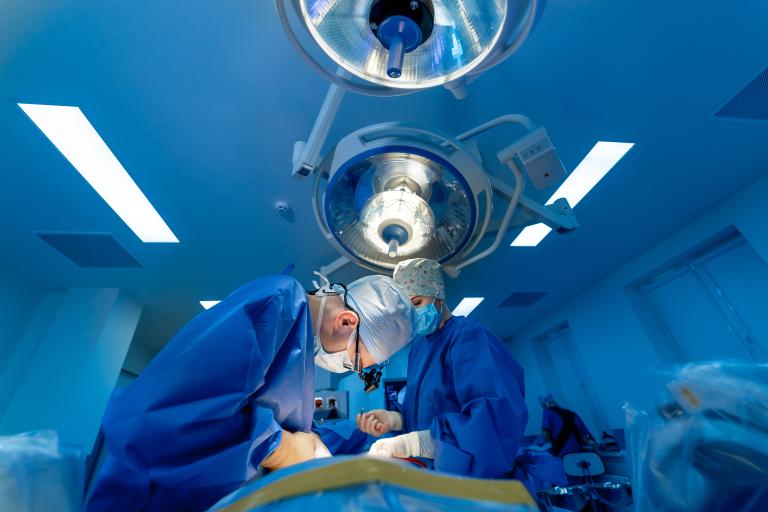
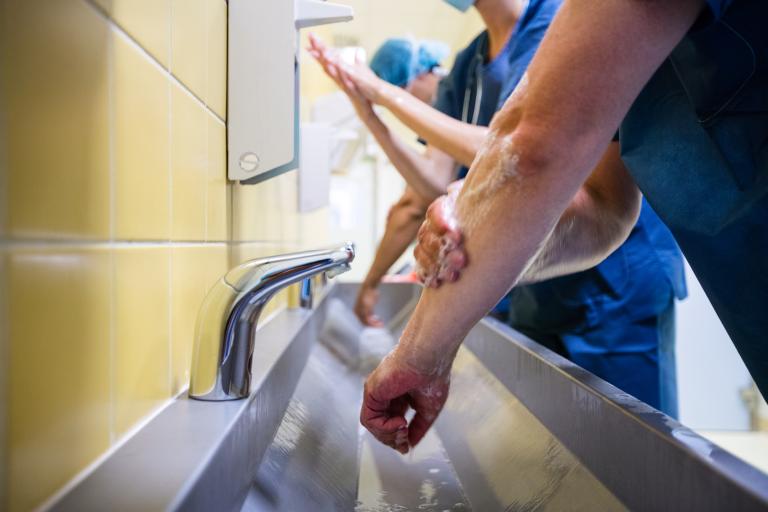
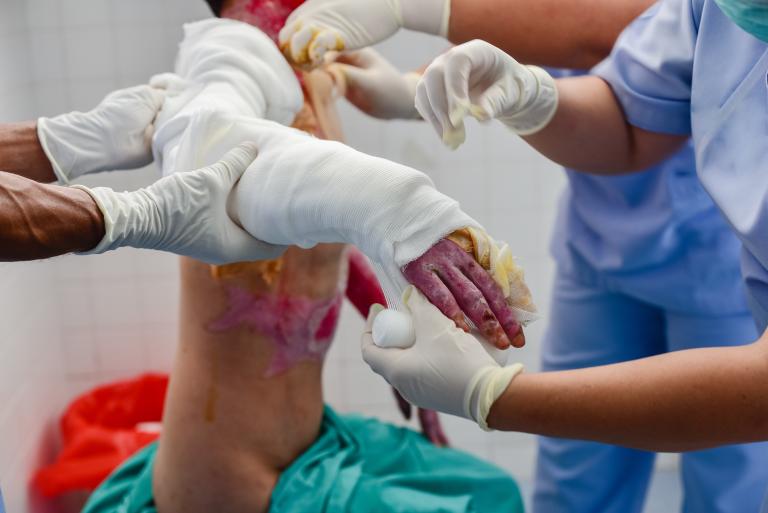
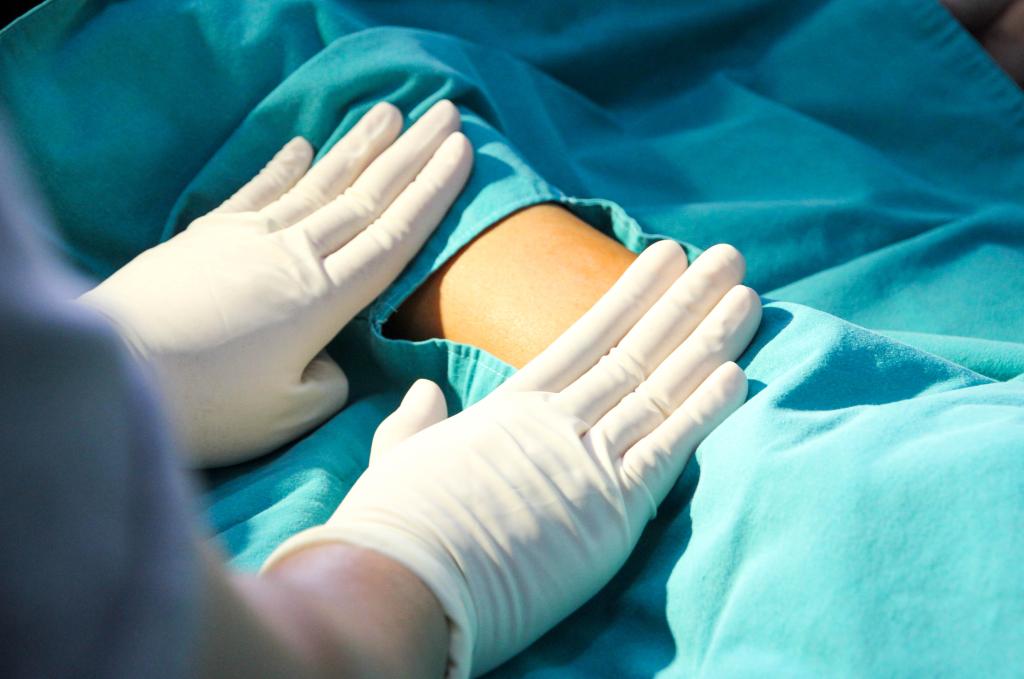 Notify the RPS team immediately if you experience any of the following symptoms:
Notify the RPS team immediately if you experience any of the following symptoms: